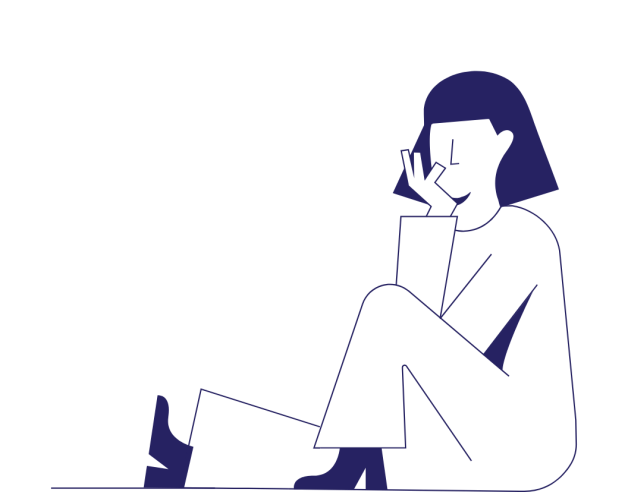
- 3-minute read
- 21st August 2023
Spelling Tips: Fourty Versus Forty
Have you ever tried to spell out the number 40 and found yourself going back and forth between fourty and forty? This is a common linguistic conundrum that has left many scratching their heads.
But fear not! In this post, we’ll delve into the depths of language history and unravel the mystery behind these spelling variations, clarifying which one is correct and why.
The Correct Spelling: Forty
Let’s clear the air right away – the correct spelling is forty. Although four has a u in it and 40 is frequently misspelled in texts and even among native English users, forty is the accepted and standard spelling. So how did the confusion arise?
The Origins of the Spelling
Language is a living, evolving entity, and its history can reveal fascinating insights into the quirks we encounter today. The root of the fourty versus forty dilemma lies in historical spelling practices.
The Old English spelling of the number was feuortig, féowertig, or féowurtig. During the Middle English period (the 11th to the 15th century), English underwent significant changes in pronunciation, leading to a further evolution.
The Many Middle English Spellings of 40
This period saw a number of spellings for 40, including feuwerti, vourti, and fourthy. Among these variations were fourty and forty.
As pronunciation shifted and phonetic patterns evolved, the u sound in fourty gradually transformed into the modern o sound. Despite this shift, the fourty spelling persisted in some written texts.
Why Forty Is the Correct Choice
Language authorities and dictionaries have solidified forty as the standard spelling. Although there’s no hard-and-fast reason for this spelling having stuck, it makes good sense to get on board with the rule now.
Consistency
English is rife with spelling irregularities, but by choosing the forty spelling, we are maintaining consistency with other numbers in the tens: twenty, thirty, fifty, and so on.
Find this useful?
Subscribe to our newsletter and get writing tips from our editors straight to your inbox.
Modern Usage
In modern English, forty is the preferred and commonly recognized spelling. Using fourty could confuse readers or make your writing seem outdated.
Clarity
Language is a means of communication, and using the accepted spelling ensures that you’re conveying your message clearly to readers.
Conclusion
Though the history of fourty and forty is intriguing, the winner of the spelling showdown is undoubtedly forty. Despite its historical roots, fourty has been overshadowed by the evolution of the English language and the need for standardization and clarity.
English is rife with quirky spelling conundrums such as this one, so if you’re ever unsure about word choice and spelling, you can send your work to one of our editors! We’ll happily check it for errors and consistency. You can try our service for free today.
FAQs
Is fourty the British spelling of 40?
There’s a common misconception that British English spells 40 as fourty, perhaps because a u appears in other words in the dialect (e.g., colour), but forty is the standard spelling in all dialects.
When did fourty change to forty?
The Old English spellings of 40 led to several variations during the Middle English period, including fourty and forty. The variant lacking the u ended up sticking around.






